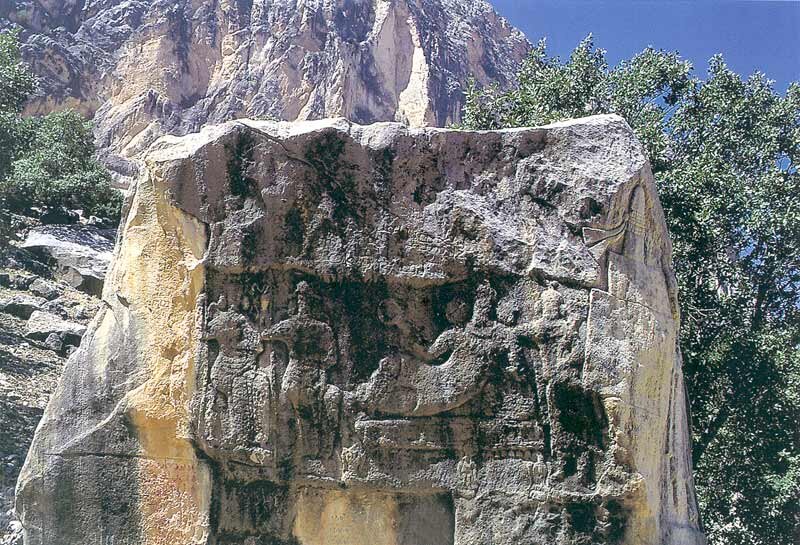Illegal diggers, smugglers responsible for historical properties’ destruction

TEHRAN – Illegal excavators and smugglers have destroyed several historical properties throughout Iran, a cultural heritage expert has said.
Under the false promise of discovering treasure, illegal diggers mercilessly desecrate numerous historical landmarks across the country, ILNA quoted Siavash Aria as saying on Tuesday.
Nowadays, cultural heritage activists are more diligent than ever in identifying and monitoring national heritage sites, which has led to an increase in the exposure of misdeeds that may have gone unnoticed in the past, he explained.
Meanwhile, some historical sites, which may be less intriguing and overlooked by the public, are subjected to unauthorized excavation more frequently than others, he noted.
This often leads to irreversible harm and even complete annihilation, he noted.
For instance, Elymais era (147 BC - 224 CE) rock carvings in the southwestern Kohgiluyeh-Boyerahmad province, Qal'eh Dokhtar castle in Saveh, the central province of Markazi, and stone lions in Izeh county, southwestern Khuzestan have recently been severely damaged, he stated.
“On a daily basis, we are confronted with the devastation of our country’s historical and cultural landmarks,” he said and added, “While some receive media attention, others go unnoticed and unreported.”
Ancient Iran, also known as Persia, historic region of southwestern Asia that is only roughly coterminous with modern Iran. The term Persia was used for centuries, chiefly in the West, to designate those regions where the Persian language and culture predominated, but it more correctly refers to a region of southern Iran formerly known as Persis, alternatively as Pars or Parsa, modern Fars.
Parsa was the name of an Indo-European nomadic people who migrated into the region about 1000 BC. The first mention of Parsa occurs in the annals of Shalmanesar II, an Assyrian king, in 844 BC.
During the rule of the Persian Achaemenian dynasty (559–330 BC), the ancient Greeks first encountered the inhabitants of Persis on the Iranian plateau, when the Achaemenids—natives of Persis—were expanding their political sphere. The Achaemenids were the dominant dynasty during Greek history until the time of Alexander the Great, and the use of the name Persia was gradually extended by the Greeks and other peoples to apply to the whole Iranian plateau.
ABU/AM
Leave a Comment